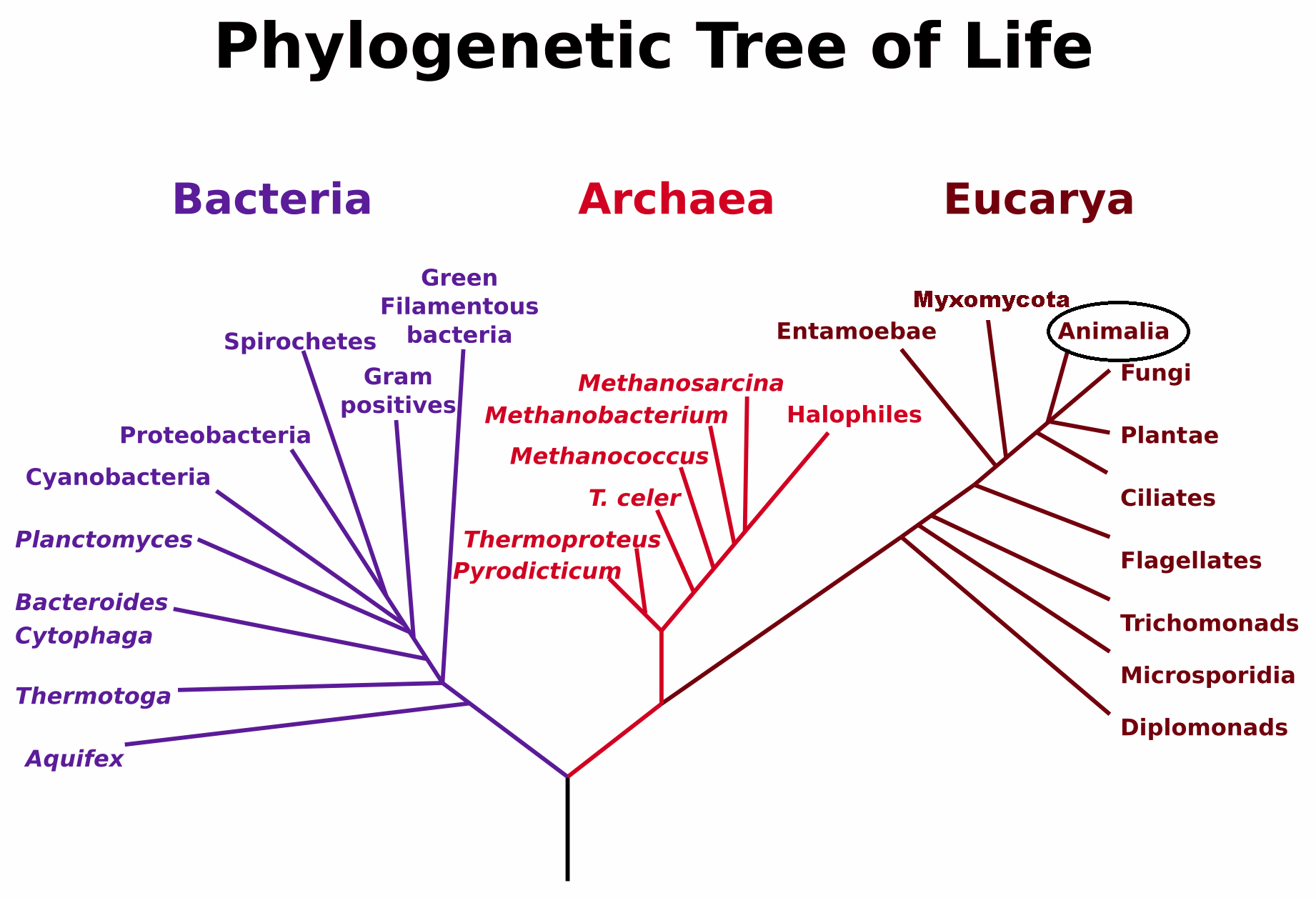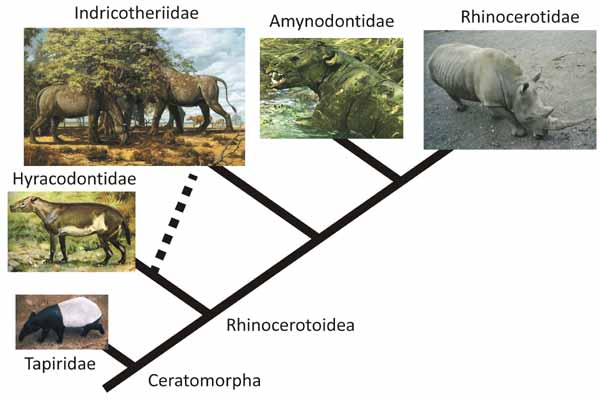Classification
Domain: Eukarya
Kingdom: Animalia
Phylum: Chordata
Class: Mammalia
Order: Perissodactyla
Family: Hyracodontidae
Genus: Paraceratherium
Species: P. bugtiense, P. transouralicum, P. pronorovi, P.
orgosensis, P. zhajremenisis
Domain: Eukarya - Members that are included in this
domain all have a true nucleus, containing the DNA, and they also
have membrane bound organelles. To learn about another
eukaryote
click here.
Kingdom: Animalia - The Paraceratherium is in this kingdom
because it is multicellular, heterotrophic, and has internal
digestion. To learn about another organism in the kingdom
Animalia
click here and
here.
Phylum: Chordata - The members of this phylum all have a dorsal
nerve cord. To learn about another animal in the phylum
Chordata
click here or
here.
Class: Mammalia - In this class the females nurse all of their
offspring with milk from the mammary glands. To learn about
another animal in the class Mammalia
click here.
Order: Perissodactyla - This order includes non-ruminant ungulates
that have an odd number of toes. Non-ruminant ungulates means that
it is an animal that does not have a four chambered stomach and they
are hooved. To learn about another animal in the order
Perissodactyla
click here.
Family: Hyracodontidae - Belonging to this family means that the
animal has long limbs and no horns.
Genus: Paraceratherium - Near the hornless
beast (Prothero 2013).
Looking at this phylogenetic tree of the Paraceratherium, it is labeled under the name Indricotheriidae.
As you can see, the Paraceratherium is a close relative of the Rhinoceros.

